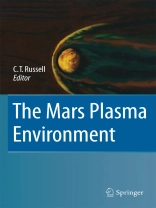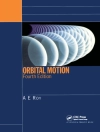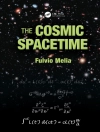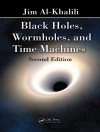Mars sits very exposed to the solar wind. Ironically Mars possesses the strongest remanent magnetization of any body thus far visited in the solar system, yet the scale size of this magnetization is so small that it provides an insignificant shield against the solar wind. Compared to Venus that is eight times as massive, Mars has but a weak hold on its atmosphere. Mars has been the subject of intense study over the last four decades and we have learned much about its surface and lower atmosphere but studies of the solar wind interaction with its upper atmosphere and ionosphere have been much more rare. Mars 3 and 5 provided the first significant data on the induced magnetosphere, deflection of the solar wind and erosion of the atmosphere. PHOBOS-2 extended these measurements with a magnetometer and a plasma package, ASPERA (Automatic Space Plasma Experiment with a Rotating Analyzer). Itincreased our understanding of the interactions, but lasted far too short atime. Mars Global Surveyorcarried amagnetometer and an electron reflectometer and discovered the martian magnetic anomalies but added only slightly to our understanding of the interplay between the solar wind and the atmosphere. When the European Space Agency embarked on its Mars exploration strategy, it chose to include a comprehensive plasma package, on its pilot mission, Mars Ex press. Inretrospect it should have complemented this package with amagnetometer but it did not.
Inhoudsopgave
The Solar Wind and The Sun in the Past.- The Solar Wind Interaction with the Martian Ionosphere/Atmosphere.- Energisation of O+ and O 2 + Ions at Mars: An Analysis of A 3-D Quasi-Neutral Hybrid Model Simulation.- Mars Global MHD Predictions of Magnetic Connectivity between the Dayside ionosphere and the Magnetospheric Flanks.- Mars Global Surveyor Measurements of the Martian Solar Wind Interaction.- The Analyzer of Space Plasmas and Energetic Atoms (ASPERA-3) for the Mars Express Mission.- Plasma Moments in the Environment of Mars.- Plasma Morphology at Mars. ASPERA-3 Observations.- IMF Direction Derived from Cycloid-Like Ion Distributions Observed by Mars Express.- Energetic Hydrogen and Oxygen Atoms Observed on the Nightside of Mars.- Observations of the Martian Subsolar ENA Jet Oscillations.- Global Response of Martian Plasma Environment to an Interplanetary Structure: From ENA and Plasma Observations at Mars.- Auroral Plasma Acceleration above Martian Magnetic Anomalies.- Investigation of the Influence of Magnetic Anomalies on Ion Distributions at Mars.- Observations of Vertical Reflections from the Topside Martian Ionosphere.- Locations of Atmospheric Photoelectron Energy Peaks Within the Mars Environment.- X-Rays from Mars.- Asymmetries in Mars’ Exosphere.- The Hydrogen Exospheric Density Profile Measured with ASPERA-3/NPD.- Effects of Low Energetic Neutral Atoms on Martian and Venusian Dayside Exospheric Temperature Estimations.- Effects of Low Energetic Neutral Atoms on Martian and Venusian Dayside Exospheric Temperature Estimations.
Over de auteur
The author has been a principal investigator of instruments on many terrestrial and planetary probes, and has published close to 1200 papers on topics in planetary and space physics. He is currently the principal investigator of the Dawn mission to Vesta and Ceres.












